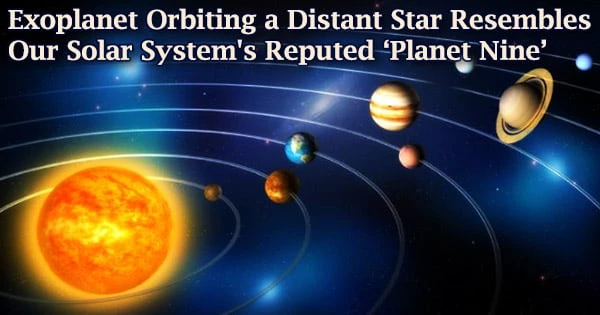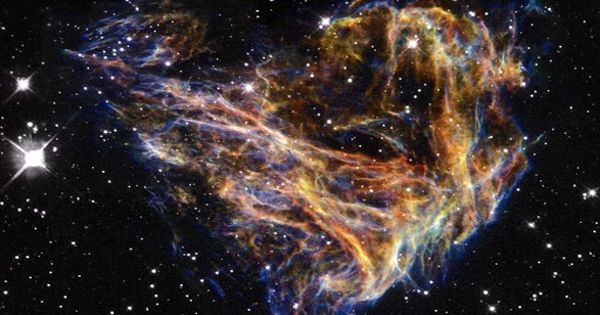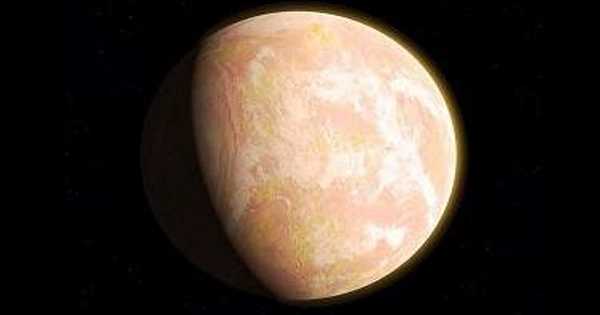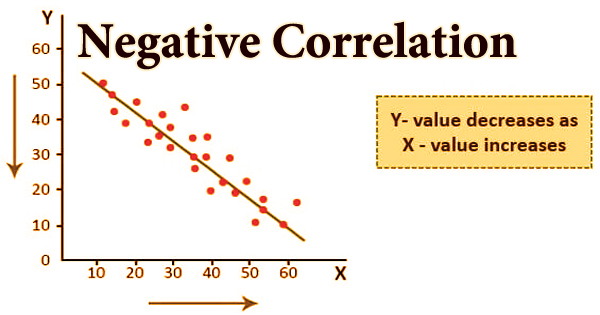Astronomers are still looking for a possible “Planet Nine” in the beyond limits of our solar system, but an exoplanet 336 light-years away is increasingly resembling its star system’s Planet Nine.
Planet Nine, which could be ten times the size of Earth and orbits the sun in a highly eccentric orbit far beyond Neptune, was hypothesized in 2012 to explain perturbations in the orbits of dwarf planets just outside Neptune’s orbit, known as unattached Kuiper Belt objects. If it exists, it has yet to be discovered.
In 2013, a strange extrasolar planet far from the star HD 106906 was discovered, the only one of its kind known. Planet Nine was far heavier than expected, possibly 11 times the mass of Jupiter or 3,500 times the mass of Earth, and it, too, was sitting in an unusual location, high above the planetary system’s dust plane and inclined at an angle of roughly 21 degrees.
Until now, the main question has been whether the planet, known as HD 106906 b, is permanently connected to the binary star, which is only 15 million years old compared to our sun’s 4.5 billion years, or if it’s on its way out of the planetary system, never to return.
Astronomers finally address that question in a study published in the Astronomical Journal on Dec. 10. They established that the planet is likely tied to the star in a 15,000-year, extremely eccentric orbit by tracking its position over 14 years, making it a distant cousin of Planet Nine.
If it is in a highly eccentric orbit around the binary, “This raises the question of how did these planets get out there to such large separations,” said Meiji Nguyen, a recent UC Berkeley graduate and first author of the paper. “Were they scattered from the inner solar system? Or, did they form out there?”
The similarity to the orbit of the hypothetical Planet Nine, according to senior author Paul Kalas, an adjunct professor of astronomy at the University of California, Berkeley, suggests that such far planets can exist and form within the first tens of millions of years of a star’s life. Furthermore, the planet appears to prefer a scenario in which passing stars play a role, based on the team’s other recent discoveries concerning HD 106906.
The idea is that every time the planet comes to its closest approach to the binary star, it stirs up the material in the disk. So, every time the planet comes through, it truncates the disk and pushes it up on one side. This scenario has been tested with simulations of this system with the planet on a similar orbit this was before we knew what the orbit of the planet was.
Robert De Rosa
“Something happens very early that starts kicking planets and comets outward, and then you have passing stars that stabilize their orbits,” he said. “We are slowly accumulating the evidence needed to understand the diversity of extrasolar planets and how that relates to the puzzling aspects of our own solar system.”
A young, dusty star with a weird planet
HD 106906 is a binary star system situated in the constellation Crux’s direction. Because of its conspicuous disk of dust, which could be birthing planets, astronomers have examined it extensively for the past 15 years. Around 4.5 billion years ago, our solar system may have resembled HD 106906 when planets formed in the spinning disk of material left over from the birth of the sun.
Surprisingly, photos of the star acquired in 2013 by Chile’s Magellan Telescopes revealed a planet burning from its own internal heat and located at an abnormally vast distance from the binary: 737 times the distance between Earth and the sun (737 astronomical units, or AU). That’s 25 times the distance between Neptune and the sun.
Kalas, who searches for planets and dust disks around young stars, was part of a team that obtained the first photographs of the star’s debris disk using the Gemini Planet Imager on the Gemini South Telescope.
These discoveries lead theorists to hypothesize in 2015 that the planet formed close to the binary star and was ejected due to gravitational interactions with the binary star. The evidence: The outer dust disk and inner comet belt of the stars are asymmetrical, implying that the planet disrupted their symmetry.
“The idea is that every time the planet comes to its closest approach to the binary star, it stirs up the material in the disk,” said team member Robert De Rosa of the European Southern Observatory in Santiago, Chile, who is a former UC Berkeley postdoctoral fellow.
“So, every time the planet comes through, it truncates the disk and pushes it up on one side. This scenario has been tested with simulations of this system with the planet on a similar orbit this was before we knew what the orbit of the planet was.”
The issue, as scientists who simulate such planet interactions have pointed out, is that a planet would ordinarily be booted out of the system and become a renegade planet. To settle the orbit of an eccentric planet like HD 106906 b, another encounter, maybe with a passing star, would be required.
A similar scenario has been postulated for Planet Nine’s formation: that it was thrown out of the inner solar system early in our solar system’s history by its interaction with our massive planets, after which passing stars in our local cluster stabilized its orbit.
Kalas and De Rosa, then at Stanford University, went seeking for such a fly-by star for HD 106906 b, and last year they reported finding multiple neighboring stars that would have zipped by the planetary system 3 million years ago, possibly giving the shove needed to settle the planet’s orbit.
Nguyen, de Rosa, and Kalas present evidence that the planet is most likely in a stable, albeit very elliptical, orbit around its twin star, based on precise orbital measurements taken between 2004 and 2018.
“Though it’s only been 14 years of observations, we were still able to, surprisingly, get a constraint on the orbit for the first time, confirming our suspicion that it was very misaligned and also that the planet is on an approximately 15,000-year orbit.” Nguyen said.
“The fact that our results are consistent with predictions is, I think, a strong piece of evidence that this planet is, indeed, bound. In the future, a radial velocity measurement is needed to confirm our findings.”
The orbital measurements were derived through a comparison of astrometric data from the European Space Agency’s Gaia observatory, which accurately tracks the positions of billions of stars, and Hubble Space Telescope photos.
Astronomers were unable to identify the exact position of the binary star relative to HD 106906 b because Hubble had to hide the glare from the binary star in order to observe the dimmer debris disk. The scientists used Gaia data to more precisely estimate the binary’s position and so monitor the planet’s movement relative to the binary between 2004 and 2018, which is less than one-thousandth of its orbital cycle.
“We can harness the extremely precise astrometry from Gaia to infer where the primary star should be in our Hubble images, and then measuring the position of the companion is rather trivial,” Nguyen said.
The scientists discovered that the planet’s 15,000-year orbit is actually inclined considerably more severely to the plane of the disk than previously thought: between 36 and 44 degrees.
Its eccentric orbit would take it no closer than 500 AU from the stars at its closest approach, hinting that it has little effect on inner planets also presumed to be part of the system. Planet Nine is the same way, with no discernible effect on any of the sun’s eight planets.
“What I really think makes HD 106906 unique is that it is the only exoplanet that we know that is directly imaged, surrounded by a debris disk, misaligned relative to its system, and is widely separated,” Nguyen said. “This is what makes it the sole candidate we have found thus far whose orbit is analogous to the hypothetical Planet Nine.”
The work was supported by the National Science Foundation (AST-1518332) and the National Aeronautics and Space Administration (NNX15AC89G, NNX15AD95G, HST-GO-14670/NAS5-26555). The Nexus for Exoplanet System Science (NExSS) research coordination network, sponsored by NASA’s Science Mission Directorate, was instrumental in this research.
















